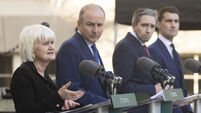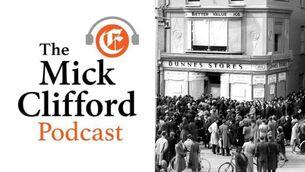'Fake' news, 'scaremongering' or attempt to hide spiralling children's hospital costs crisis?

"Fake" news and "scaremongering" - or an attempt to hide the true impact of the spiralling children's hospital costs crisis in plain sight after months of repeated delays.
The Government and opposition had vastly different interpretations of the HSE's long-awaited multi-billion-euro 2019 capital plan when it was finally published today.
















